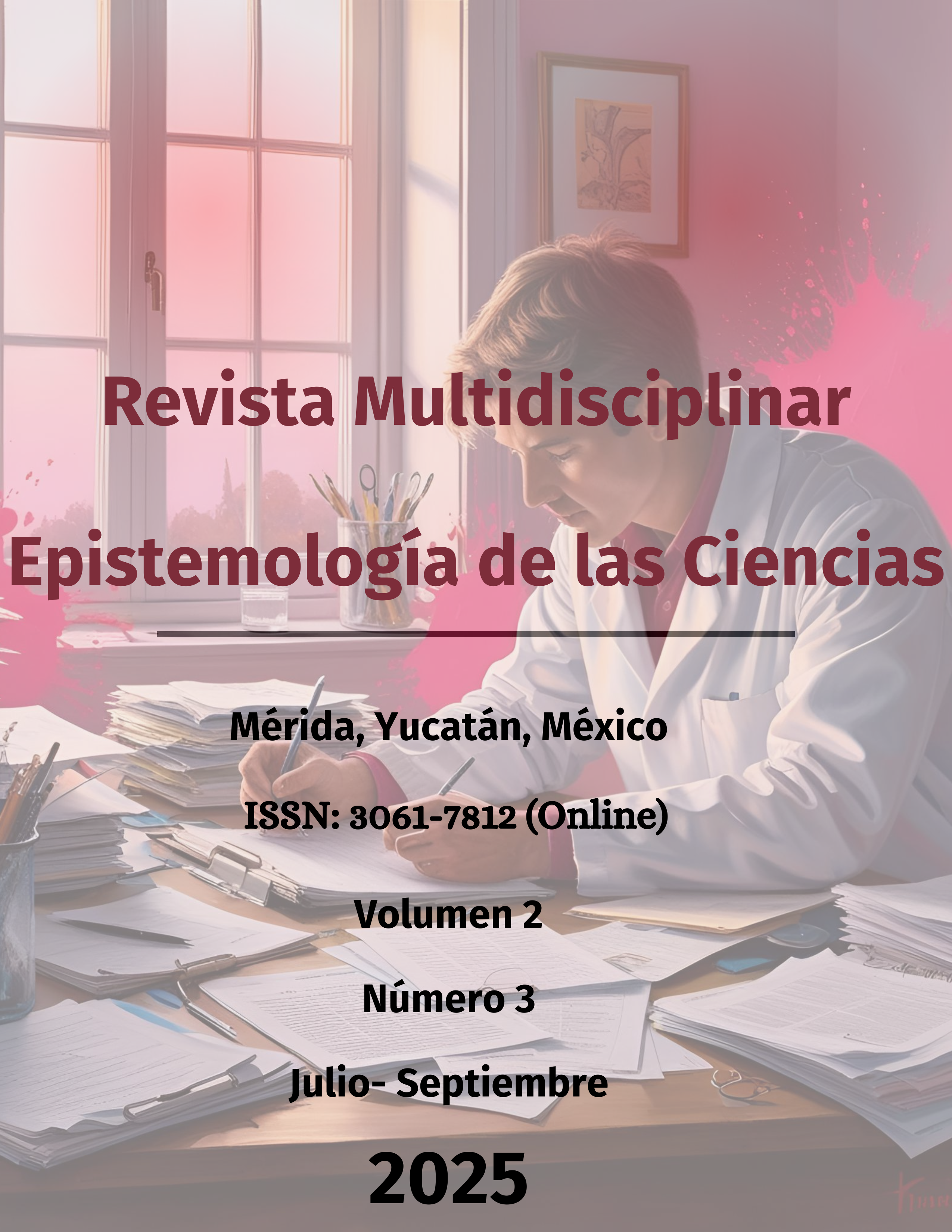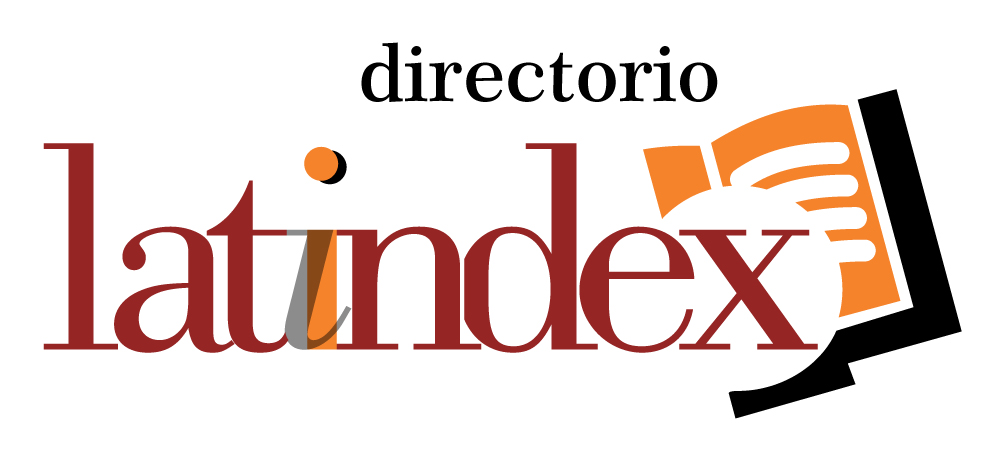Household basic basket and the measurement of monetary poverty in a district of northern Peru
DOI:
https://doi.org/10.71112/trh7zf77Keywords:
basic family basket, monetary poverty, measuring poverty, family income, essential expensesAbstract
Poverty is defined as the set of deprivations that prevents individuals from meeting basic needs related to food, education, health, and a dignified life. Despite the implementation of anti-poverty measures, poverty levels appear not to decrease significantly; therefore, it becomes essential to establish real and measurable indicators to identify the proportion of the population most affected. One of the most effective approaches is the analysis of access to the household basic basket, which aligns with Sustainable Development Goal (SDG) 1: No Poverty. The objective of this study was to determine whether the household basic basket significantly influences the measurement of monetary poverty in a district of northern Peru. A quantitative, basic, and non-experimental methodology was employed, with a sample of 284 families to whom two questionnaires were applied. The results show that the household basic basket has a significant impact on the measurement of monetary poverty, as evidenced by Pearson’s Chi-square test (χ² = 108.672) and the likelihood ratio (χ² = 107.840), with a significance level of p = 0.000 (< 0.05), confirming the research hypothesis. This finding indicates that variations in the cost of the household basic basket directly determine how many households are classified as poor from a monetary perspective.
Downloads
References
Banco Mundial. (2022). Reseña: Ajuste en las líneas mundiales de pobreza. https://www.bancomundial.org/es/news/factsheet/2022/05/02/fact-sheet-an-adjustment-to-global-poverty-lines#:~:text=La%20l%C3%ADnea%20de%20USD%201%2C90%2C%20que%20se%20utilizar%C3%A1%20hasta,se%20contaba%20en%20ese%20momento
Centro Nacional de Planeamiento Estratégico. (2024). Persistencia de la pobreza. CEPLAN. https://observatorio.ceplan.gob.pe/ficha/t9
Cernaque, O., & Palacios-Sánchez, J. (2022). Pobreza multidimensional, prestación social para el desarrollo territorial en zonas rurales del Perú. Ciencia Latina Revista Científica Multidisciplinar, 6(6), 9655–9669. https://doi.org/10.37811/cl_rcm.v6i6.4092 DOI: https://doi.org/10.37811/cl_rcm.v6i6.4092
García, P., Custodio, A., Torres, C., Bustamante, M., Gonzáles, Y., Sanjinez, H., & Bustamante, D. (2024). Desempleo y canasta básica familiar de los pobladores de un centro poblado de la provincia de Chiclayo. Revista Horizonte Empresarial, 11(1), 187–197. https://doi.org/10.26495/e8z83613 DOI: https://doi.org/10.26495/e8z83613
Instituto Nacional de Estadística e Informática. (2020). Perú: Estimaciones y proyecciones de población por departamento, provincia y distrito, 2018-2020. INEI. https://www.inei.gob.pe/media/MenuRecursivo/publicaciones_digitales/Est/Lib1715/libro.pdf
Instituto Nacional de Estadística e Informática. (2022, mayo 8). Evolución de la pobreza monetaria 2010-2021 [Informe]. INEI. https://cdn.www.gob.pe/uploads/document/file/4099670/Evoluci%C3%B3n%20de%20la%20pobreza%20monetaria%202010-2021.pdf?v=1675874915
Mieres, M. (2020). La dinámica de la desigualdad en Chile: Una mirada regional. Revista de Análisis Económico, 35(2), 91–133. https://doi.org/10.4067/S0718-88702020000200091 DOI: https://doi.org/10.4067/S0718-88702020000200091
Ortiz Galindo, J., & Ríos Bolívar, H. (2018). La pobreza en México, un análisis con enfoque multidimensional. Análisis Económico, 28(69), 189–218. https://analisiseconomico.azc.uam.mx/index.php/rae/article/view/150
Ortiz Medina, I., Martínez Pérez, J., & Hernández Ortiz, M. (2024). Tipología y evolución de la pobreza en el mundo 1979-2021. Investigación, Sociedad y Desarrollo, 13(2), e45033. https://doi.org/10.33448/rsd-v13i2.45033 DOI: https://doi.org/10.33448/rsd-v13i2.45033
Ortíz, I., Luevano, D. A., & Hernández, M. (2022). La transición hacia el índice de desarrollo humano: De la pobreza monetaria a la pobreza multidimensional. Revista de Ciencias Sociales, 31(49), 61–87. https://doi.org/10.61303/07172257.v31i49.233 DOI: https://doi.org/10.61303/07172257.v31i49.233
Renojo, S., Torres, V., Falconi, Y., & Loayza, G. (2024). ¿Qué factores influyen en la pobreza monetaria en las regiones más pobre y menos pobre del Perú en el año 2021? Una estimación probabilística. Política, Globalidad y Ciudadanía, 10(19), 1–11. https://doi.org/10.29105/rpgyc10.19-269 DOI: https://doi.org/10.29105/rpgyc10.19-269
Sandoval Ortega, E. (2023). Factores de pobreza en Latinoamérica. Desarrollo, Economía y Sociedad, 12, 00–00. https://revista.jdc.edu.co/deyso/article/view/838/737 DOI: https://doi.org/10.38017/23228040.843
Serruto, A., Rivero, V., Sana, F., & Zanabria, L. (2022). Desarrollo económico y social en el Perú en el contexto de la crisis sanitaria del COVID-19 y en el marco del bicentenario de la República. Socialium, 6(1), 1–21. https://doi.org/10.26490/uncp.sl.2022.6.1.1054 DOI: https://doi.org/10.26490/uncp.sl.2022.6.1.1007
Soto-Hernández, D., Valencia-López, O. D., & Rentería-Gaeta, R. (2020). Alfabetización y brecha digital entre los pueblos originarios de México, 1990-2015: Efectos socioeconómicos. Trilogía Ciencia Tecnología Sociedad, 12(23), 00–00. https://doi.org/10.22430/21457778.1720 DOI: https://doi.org/10.22430/21457778.1720
Véliz, P., Martínez, M., Parra, H., & Garrido, C. (2020). Integración, inclusión y justicia social: Reflexiones desde las normativas inclusivas en la educación chilena. Actualidades Investigativas en Educación, 20(2), 468–499. https://doi.org/10.15517/aie.v20i2.41709 DOI: https://doi.org/10.15517/aie.v20i2.41709
Vesarez-Zúñiga, V. (2022). Pobreza rural y canasta básica alimentaria en la comunidad General Cárdenas, municipio de Cintalapa, Chiapas. Estudios Sociales. Revista de Alimentación Contemporánea y Desarrollo Regional, 32(59), 1–32. https://doi.org/10.24836/es.v32i59.1200 DOI: https://doi.org/10.24836/es.v32i59.1200
Downloads
Published
Issue
Section
License
Copyright (c) 2025 Multidisciplinary Journal Epistemology of the Sciences

This work is licensed under a Creative Commons Attribution 4.0 International License.








